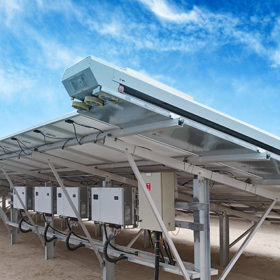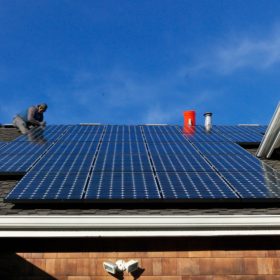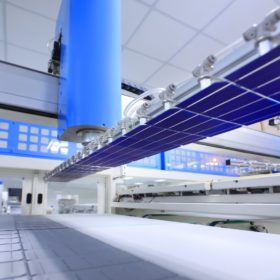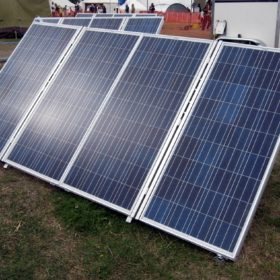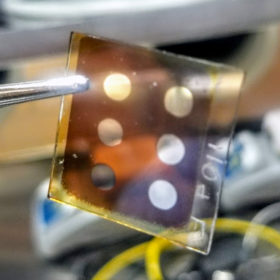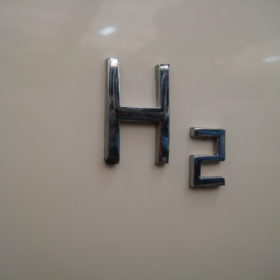Huawei to ramp up artificial intelligence to improve solar inverters
The Chinese conglomerate has revealed how it will further integrate artificial intelligence (AI) in its string devices this year. The approach includes the transformation of inverters into smart PV controllers, the development of AI inference modules and the creation of an AI training and inference platform. Machine learning will also be incorporated into operations and maintenance, grid management and PV plant design.
Uzbekistan pitches for 5 GW of solar by 2030
The country’s previous solar target was 4 GW by 2031. Around 1.4 GW of large scale projects are expected to be tendered this year, according to a document published by the Ministry of Energy.
Power-to-heat-to-power storage for rooftop PV
Scientists in Spain have assessed the viability of ‘power-to-heat-to-power storage’ in a residential solar installation in Madrid. The technology could reduce electricity bills by more than 70% and would have a 12 to 15-year payback period, according to the researchers.
Solar driving efficient electrochemical water treatment
Researchers from the United States have investigated how solar could help electrochemical methods for water treatment become more competitive. The scientists analyzed how electrochemical technologies such as electrocoagulation, capacitive deionization, electrodialysis, and electrodeionization may be combined with solar power generation.
Seraphim launches 440 W shingled module
The half-cell module has a 20.81% efficiency and is composed of 158.75 mm mono PERC cells.
A new technique for cooling solar panels
Scientists in Egypt have investigated the effectiveness of using water and a mixture of aluminum oxide and calcium chloride hexahydrate to cool PV modules. Optimal performance was observed with a solution of 75% water, according to the research findings.
A flexible perovskite solar cell with 11.8% efficiency
U.S. researchers have created an inorganic mixed halide perovskite solar cell which they claim shows no thermal degradation even at 200 degrees Celsius for three days. The device can be used in tandem junction cells and is designed for use in real-life environments with high solar irradiation.
Mexican government halts grid connection of new solar and wind projects
The move has been brought in by the National Energy Control Center which claims it is necessary to safeguard energy security during the Covid-19 public health crisis. Critics say the authorities are using the pandemic as an excuse to extend a pattern of action against the renewables industry.
Storing solar and wind energy with compressed air
Researchers have studied the potential of using compressed air to store renewable energy in offshore saline aquifers. The technology could hold 77-96 TWh for up to two months in British waters, although the costs have proven hard to pin down.
A perovskite electrode to improve hydrogen production
The material was used by scientists in the U.S. in electrochemical cells which use electricity to separate steam into hydrogen and oxygen. The researchers say the oxide of perovskite used in the electrode improves cell performance and reduces operating temperatures.

